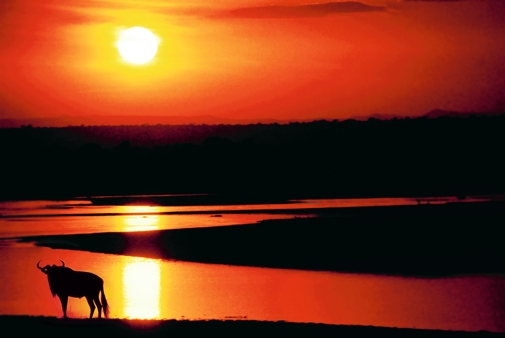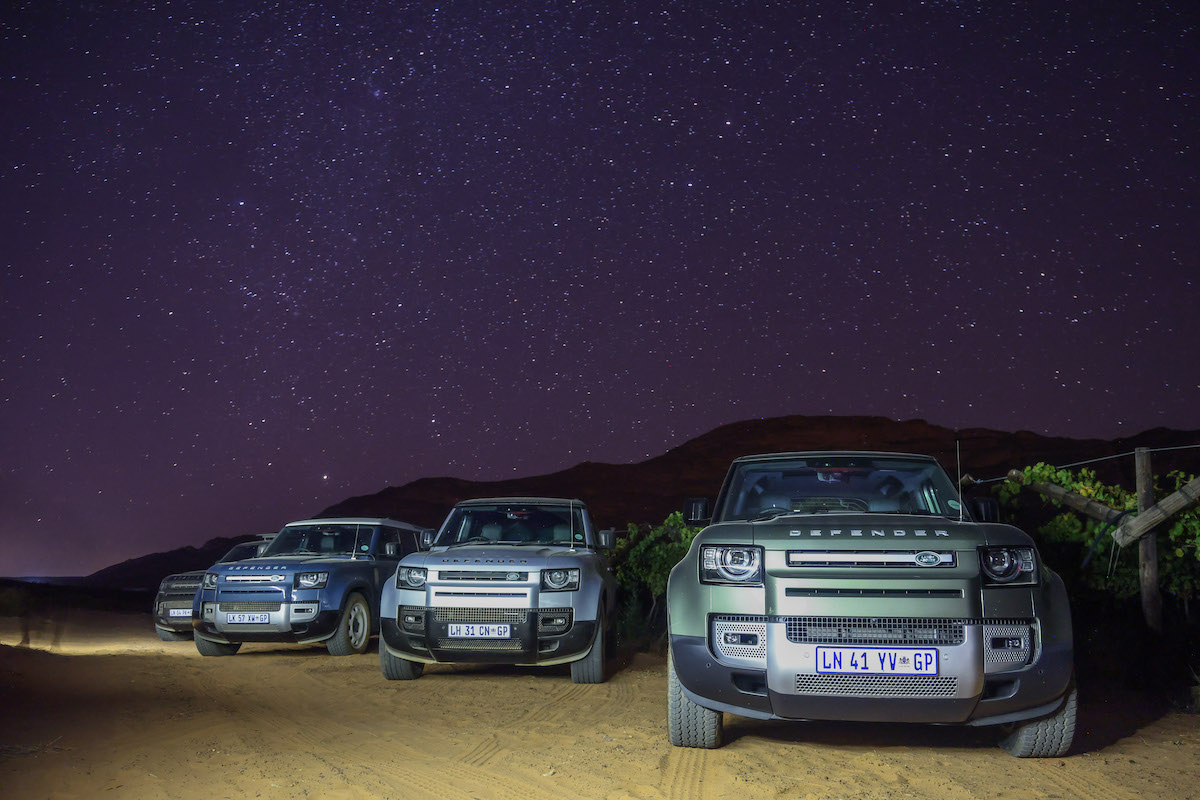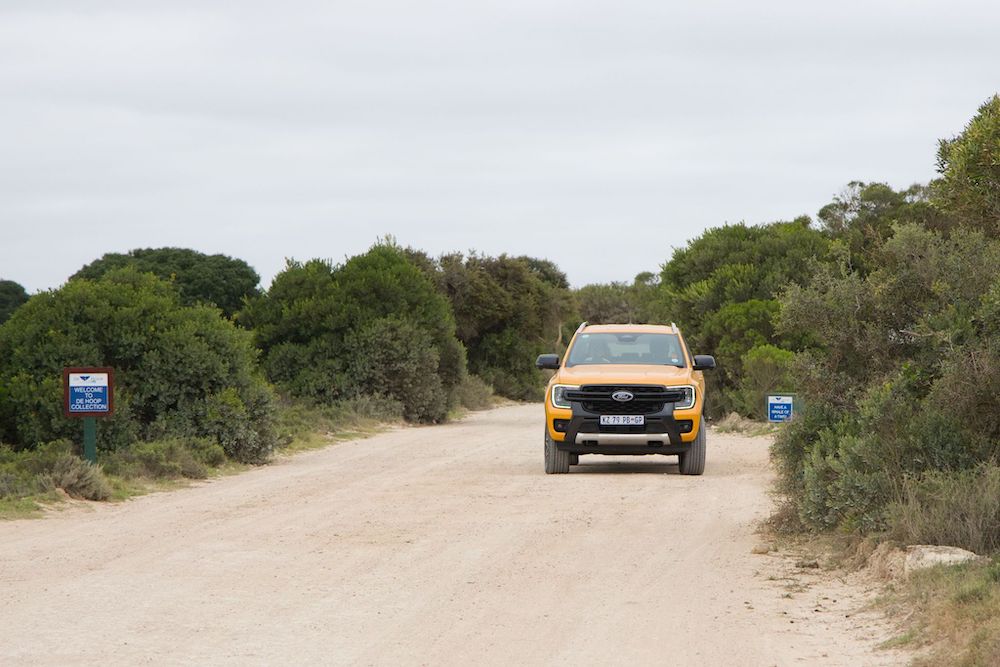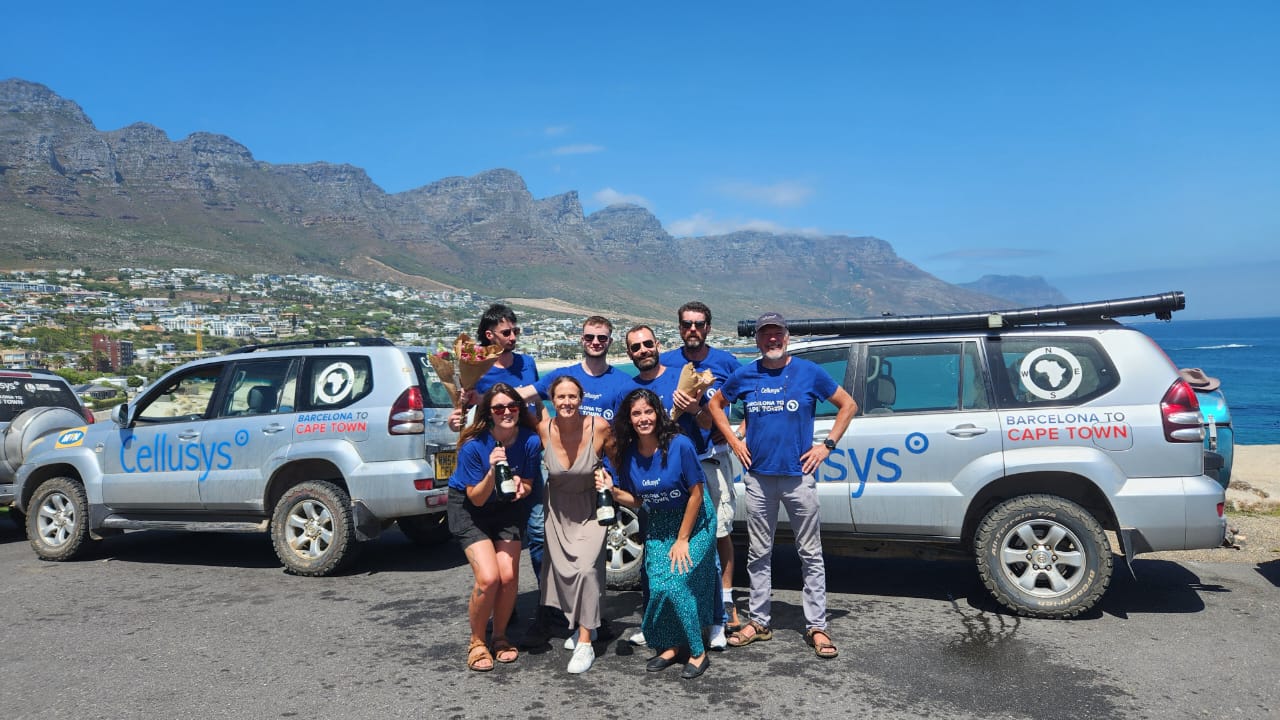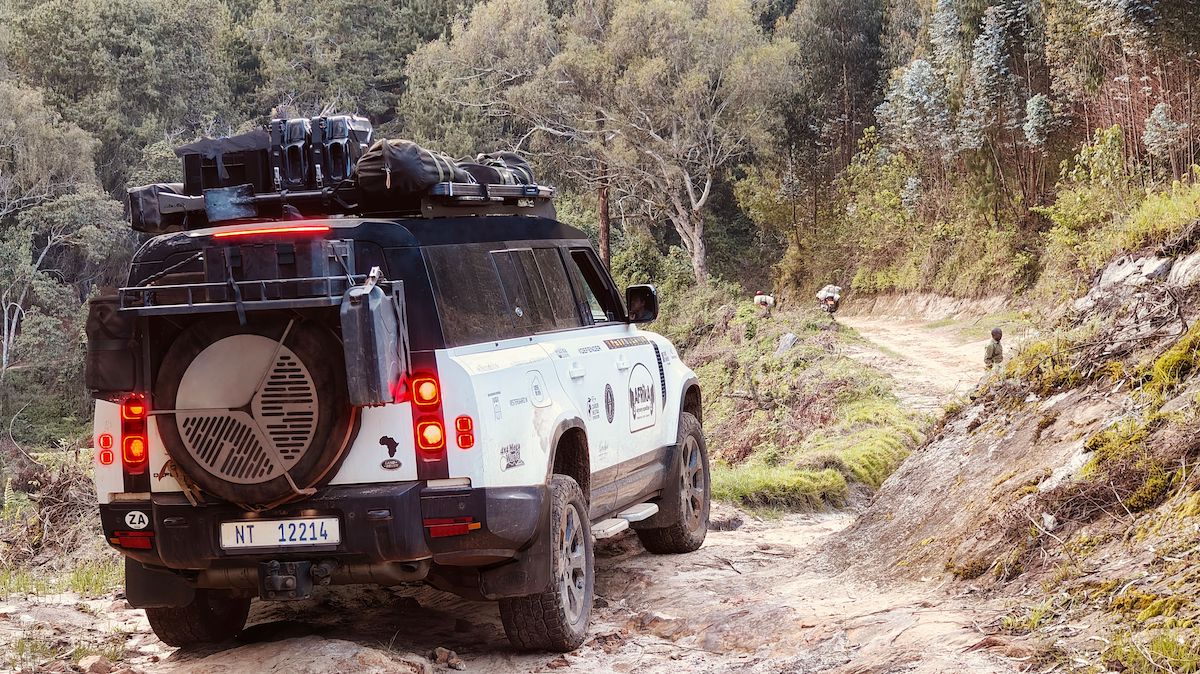joinUs LUANGWA VALLEY
Geologically, Zambia’s Luangwa Valley is part of Africa’s southern spurs. It is nearly 500km long and on average 120km wide. Fed by many tributaries that rush out of the hills in the rainy season, the Luangwa River winds through flat, alluvial country. It changes its course often and leaves behind a random pattern of ox-bow lagoons that flank the river on both sides. Debbie and Ian Taylor recently discovered this paradise on an Explore Africa adventure. This is their story.
Text: Debbie Taylor and Andre van Vuuren
Photography: Andre van Vuuren and Ian Taylor
We had counted down the months, weeks and days to this trip. At last we were on our way. Six vehicles joined Leisure Wheels Safaris’ Luangwa Valley tour, operated by Explore Africa Adventures’ very experienced and much loved Andre and Mariana van Vuuren.
After spending the night at Mama Rula’s in Chipata, Zambia, the group restocked at the Spar before leaving civilisation to explore the three national parks in the Luangwa Valley. Andre briefed everyone and we were on our way.
The excitement levels were running high. Our first stop was at Tribal Textiles, an interesting factory just outside Mvuwe. We watched the workers as they hand-painted locally produced cotton in the most beautiful patterns. None of the women travellers could resist buying a few of these lovely cloths and we spent quite a while there before we could continue to the park. (Never a bad time for some shopping!)
South Luangwa National Park is about 250km north-east of Lusaka. Bordered by the Muchinga escarpment to the west and the mighty Luangwa River to the east, this premier park offers exceptional scenery and an abundance of wildlife. Elephants and other animals such as leopard, buffalo, and lion gather at the river, which is home to some of the largest concentrations of Nile crocodiles on the continent.
Cookson’s wildebeest and Thornicroft’s giraffe are indigenous to the park, and more than 400 species of birds are found here.
Our first three nights were spent at the Wildlife Camp on the banks of the Luangwa. After a hot and dusty trip we were delighted with the view from the campsite.
The South Luangwa camps are all situated outside the park in the Game Management Area (GMA) and on the river banks.
Wildlife Camp is really in the wilderness but boasts good ablution facilities and a lovely pub and pool overlooking the river, which is low at this time of the year. The hippos congregate in large groups, with just their nostrils and ears above water, snorting constantly.
We spent the days viewing game from our vehicles and drove along the river, next to lagoons and through Mopani woodlands. The bright green sausage trees formed a remarkable contrast against the arid surroundings. We saw a variety of wildlife including puku, giraffe and zebra.
Seeing predators is always a highlight and we were fortunate to have good sightings of lion and hyena.
Every evening we enjoyed a sundowner before setting off on the night drives. We were very lucky. Among others, we saw a civet and a large spotted genet.
Our next destination was Luambe National Park, sandwiched between south and north Luangwa. We travelled through neat little villages and vast open plains before entering the Nsefu sector of the park at Milyoti Gate. This is really off the beaten track and completely uncommercialised.
We had to cross a couple of steep ditches and the dry riverbed of the Lukusuzi River. In the rainy season the park is closed because it is not accessible by vehicle. The Zambia Wildlife Authority (Zawa) announces the opening date every year in March. The opening date is usually 1April but because of the heavy rains it was only opened in May this year.
The entrance to this part of South Luangwa is through a hand-crafted wooden boom guarded by a lone official with an AK 47 rifle.
About halfway through the Nsefu sector we came upon a green patch of earth full of birdlife and lazily grazing puku. Hot springs bubbled out of the ground, providing much needed nourishment for the animals during the dry winter months. The water was so hot that we could not hold our hands in it for long.
We entered Luambe National Park before heading for our campsite at Luangwa Wilderness Lodge, where we were to stay for the next two days. This was another pure African experience.
Once again we set up camp alongside the Luangwa. The river in front of the camp was full of hippos and we had a memorable evening around the campfire with Andre telling interesting stories and sharing his experiences of the African bush.
Driving through the plains the following morning, we passed some Zawa scouts on foot. They were very friendly and told us they were patrolling for poachers.
The animals were very skittish and ran when a vehicle approached. The park is surrounded by hunting concession areas, which undoubtedly accounts for the nervous behaviour of the animals in the park.
Later that afternoon, on our way to the Third Lagoon to have a sundowner, Andre suddenly stopped. He had spotted something high in a mopani tree – a Pel’s fishing owl. We all got out our vehicles for a better look and Ian managed to get a good picture of the beautiful juvenile Pel’s owl. This was definitely the highlight of the Luambe visit for many of us.
Before leaving for North Luangwa the following morning, we all contributed to the pot and had a hearty full English breakfast on the bank of the Luangwa in the company of hundreds of hippos.
The remote yet game-rich North Luangwa National Park is situated upstream and to the west of the Luangwa River. It is the only park in Zambia where you can view the big five and is also home to hartebeest, reedbuck and the statuesque eland. Among the birds are the giant eagle owl, crested crowned crane and a variety of bee-eaters.
North Luangwa offers a true wilderness experience, with access restricted to the few tour operators and their guests. Walking safaris are permitted.
From Luambe we travelled via Chitungulu and Zokwe Village to our campsite at Chivunda, one of the “It’s Wild” community bush camps.
Crossing the Luangwa River on the Mwanja pontoon was another memorable experience. The pont can carry only one vehicle at a time and is operated by only one man. The surroundings are beautiful, so nobody minded the hour per vehicle it took to get the six vehicles safely across.
From here, we travelled along the Luangwa via Delia Camp and the airstrip to Mark Harvey’s Buffulo Camp, where we spent the night. On our way, Andre led the convoy through the beautiful Cathedral Mopani Forests and we saw wildebeest, lion, elephant and a huge herd of buffalo. Some of us camped under a huge inter-woven Natal mahogany and sausage tree overlooking the Mwaleshi River, while others stayed in the chalets.
Buffalo Camp is a seasonal bush camp open from June to October. It is located on the Mwaleshi River and is one of the last unspoiled wilderness camps in Africa. There are six chalets, all overlooking the river. It is one of the few camps that allows children of all ages. Guests can enjoy both walking and driving safaris, although walking is the preferred activity. Walks are not an endurance trip but more of a meander. They are conducted by highly experienced guides and are always accompanied by an armed Zawa scout.
Explore Africa’s future safaris to North Luangwa will include two or three nights at Buffalo Camp, and a walking safari with the knowledgeable Mark Harvey.
We awoke early for some bird watching on what was to be our final day in the valley. We drove through the Rhino Sanctuary where 28 black rhino are kept, but were not lucky enough to see any.
After leaving the park at Mano Gate, we climbed from about 650m to1320m above sea level through the most beautiful woodland forests, varying from the red leaves of the pod mahogany to the bright green of the mopani trees.
The safari was well planned and expertly guided. The Luangwa Valley is a truly hidden gem. Few people live there, and it is isolated from the rest of the country, surrounded by steep hills and escarpments. Until recently, it has been accessible only on foot.
The climate is harsh, ranging from heat and drought in the dry season to torrential flooding in the summer.
The Luangwa Valley is possibly the last great wilderness area in Africa that has not been spoiled by mass tourism.
Leisure Wheels 4X4 Safaris will offer The Luangwa Valley Experience again from 25 August to 12 September 2012. The cost will be R10 500 and includes all park fees and accommodation. For more information, contact Leilani Basson on 011 704 3046 or at [email protected]

